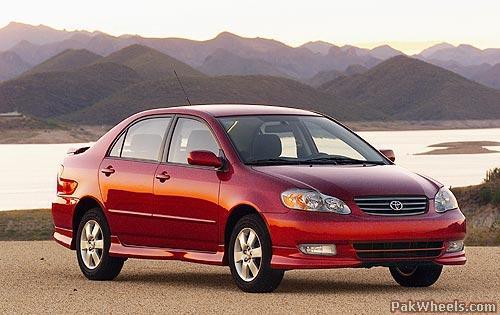Just about everyone seems to have a Corolla in their past. Maybe it was the beater you drove through high school, never once changing the oil, cleaning the interior or asking the squirrels to move from their nest in the trunk. Perhaps it was the first new car you bought with just 60 easy payments, or the car your grandmother drove when she decided to simplify her life in retirement. Corollas have been practically ubiquitous and never terribly exciting
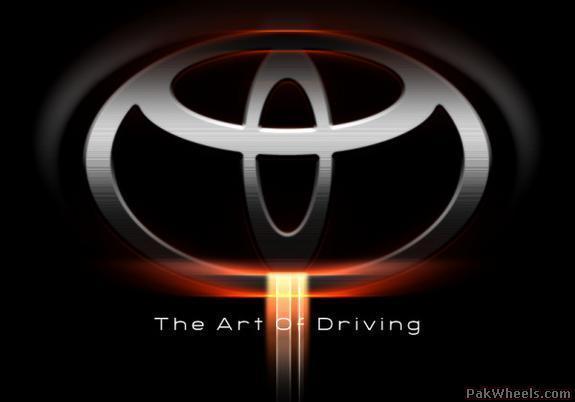
First Generation (1968-1969)
Extreme simplicity was at the core of the first Corolla's engineering. Introduced during 1966 in Japan, the first Corolla came to the United States in the summer of 1968 riding on a 90-inch wheelbase in two-door coupe, four-door sedan and two-door wagon body styles. It was the smallest car Toyota had sold in America up until that time. A 60-horsepower, 1.1-liter overhead valve four-cylinder mounted longitudinally in the engine bay sent power to a four-speed manual transmission and then to a solid rear axle. An automatic transmission wasn't yet on the options list.
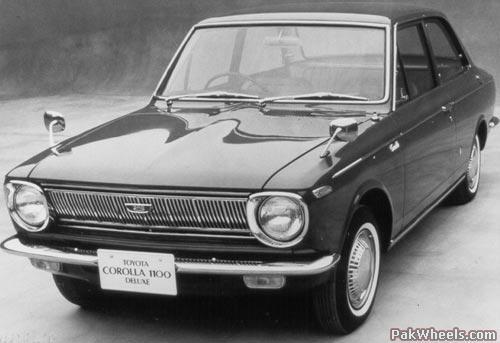
Second Generation (1970-1974)
As good a car as the first Corolla was, it was really too small and underpowered for North American tastes. The second Corolla showed up for the 1970 model year with a wheelbase stretched to 91.9 inches and power coming from a new 1.2-liter version of the OHV four making 73 horsepower. The strut front and leaf spring rear suspension carried forward.
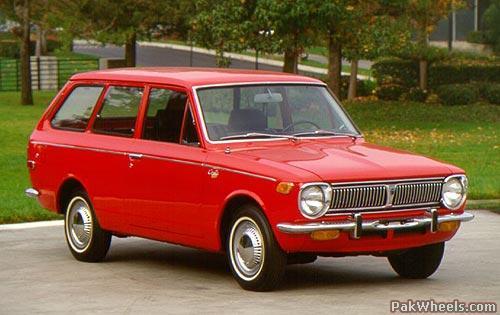
Third Generation (1975-1978)
Rather bizarrely styled, the 1975 Corollas featured a raised center section in the grille that carried back to more angular bodies. But then again, a lot of cars from the '70s were bizarrely styled.
A total of five Corolla models was available for 1975. The price leader, a two-door sedan powered by a 1.2-liter engine, was joined by a four-door sedan, a two-door hardtop, a sport-oriented SR5 hardtop and a five-door station wagon — all powered by the 1.6-liter four. The standard transmission in all models, except the SR5, was a four-speed manual. A five-speed manual was again standard in the SR5 and optional in the other Corollas. A three-speed automatic was also available.
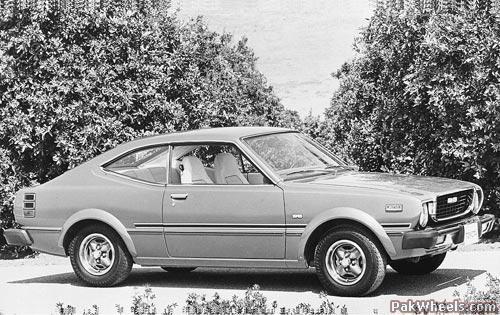
Fourth Generation (1979-1983)
With a new chassis, the 1979 Corolla was a more sophisticated and satisfying car than any Corolla before it. But before this generation was through, it would get better still.
The 1979 Corolla finally dispensed with the rugged but primitive leaf spring rear suspension in favor of a more compliant coil spring system (the station wagon continued to use the leaves). The new unibody above that suspension was larger (the wheelbase was now 94.5 inches), stronger and more attractive in a boxy, clean-cut sort of way. A new 75-horsepower, 1.8-liter version of the OHV four powered the new Corolla with four- and five-speed manual and three-speed automatic transmissions available.
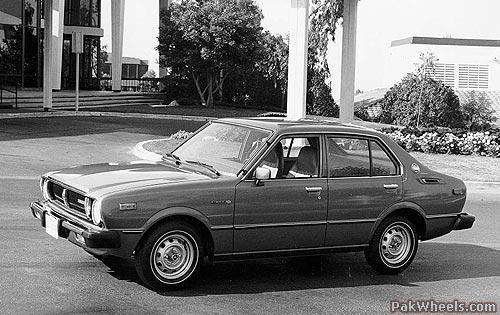
Fifth Generation (1984-1987)
Toyota finally succumbed to the emerging front-drive orthodoxy of the '80s with the introduction of the front-drive Corolla sedan for 1984. However, the SR5 Coupe and Liftback and the station wagon continued atop the previous-generation Corolla's rear-drive chassis.
The front-drive Corolla was as conventional as it had been in a rear-driver layout. The same 1.6-liter, SOHC engine used in the rear-drive Corolla sat transversely in the front-driver's engine bay feeding either a five-speed manual or four-speed automatic transmission. The rear was held up on coil springs. A few early fifth-generation front-drive Corollas were powered by a four-cylinder diesel.

Sixth Generation (1988-1992)
With the 1988 redesign, the rear-drive Corolla coupe and Liftback were replaced with a new front-drive coupe. While enthusiasts wept, the new Corolla coupe and Corolla GT-S were in fact significantly more refined and capable than the rear-drivers they replaced. They just weren't as much fun.
More conservatively styled than the ultraboxy fifth-generation sedan, the sixth-generation sedan was now built at both the NUMMI plant in California and in Japan, while the coupes and wagons came only from Japan. The station wagon was available with either front-wheel drive or full-time All-Trac all-wheel drive. Trim levels were base DX and better-equipped LE for the sedan, DX and SR5 for the wagon and SR5 and GT-S for the coupe. The FX hatchback was still part of the mix, though it was discontinued after a year.
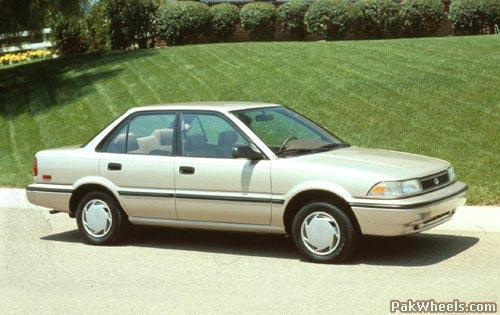
Seventh Generation (1993-1997)
Significantly larger than the car it replaced (it rode on a 97.0-inch wheelbase), the 1993 Corolla sedan and wagon moved up a size classification from "subcompact" to "compact" according to the EPA. But there were no more Corolla coupes or all-wheel-drive wagons. Sedans were offered in standard, DX and LE trim, while a front-wheel-drive wagon was offered in DX trim only. All cars rode on a fully independent suspension, though DX and LE models benefited from an additional stabilizer bar in front.
Power for the basic Corolla sedan came from the same 1.6-liter engine used in the sixth-generation car (output was 105 hp, except in California, Massachusetts and New York, where it was rated for just 100 due to more stringent emissions requirements), but a new 1.8-liter, DOHC, 16-valve four making 115 horsepower was offered in the ritzier Corolla DX and LE models. A five-speed manual was standard, with a three-speed autobox optional on the base sedan and a four-speed optional on all other models. All cars came with 14-inch wheels and front disc/rear drum brakes; ABS was optional across the line

Eighth Generation (1998-2002)
The Corolla grew again in its eighth iteration, but it managed to lose some weight and increase its fuel mileage thanks to a new engine and a generally more efficient drivetrain. The big chunk of that weight savings and drivetrain efficiency came in the form of an all-new, all-aluminum 1.8-liter DOHC four-cylinder engine rated at a healthy 120 horsepower — exactly twice what the engine in the first Corolla was rated back in 1968. Fuel economy was improved by 10 percent over the previous generation; with the standard five-speed manual, a Corolla could pull down 31 mpg in the city and 38 on the highway.
Only a sedan was offered this time around, and there were three trim levels — base VE, midlevel CE and highline LE. The VE was stuck with an optional three-speed automatic, while CE and LE buyers qualified for the four-speed unit.
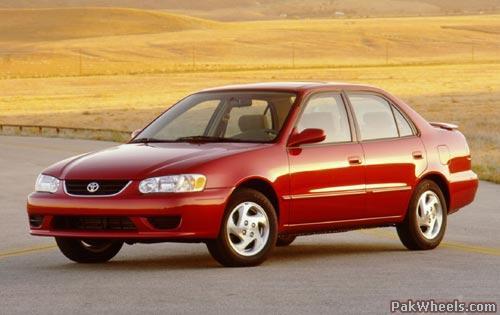
Ninth Generation (2003-Present)
While Toyota claims its 2003 Corolla sedan has been designed to attract younger buyers, it actually looks like a shrunken Camry. Available as a base CE, luxury LE or somewhat sporty S, the new Corolla rides on a 102.4-inch wheelbase, which is more than five inches longer than the Corolla it replaces, and just 0.7 inch shorter than the current Honda Civic sedan. But 178.3 inches in overall length, it's 3.7 inches longer than the Civic. In fact, this new Corolla has exactly the same wheelbase as the original 1983 Camry and stretches out 2.7 inches longer than that car.
The new Corolla's structural integrity would have been impressive in a Lexus a few years ago. The strut front and torsion beam rear suspension are ordinary, but it's poised and the front disc/rear drum brakes work well (ABS with Electronic Brakeforce Distribution is optional on all Corollas).
